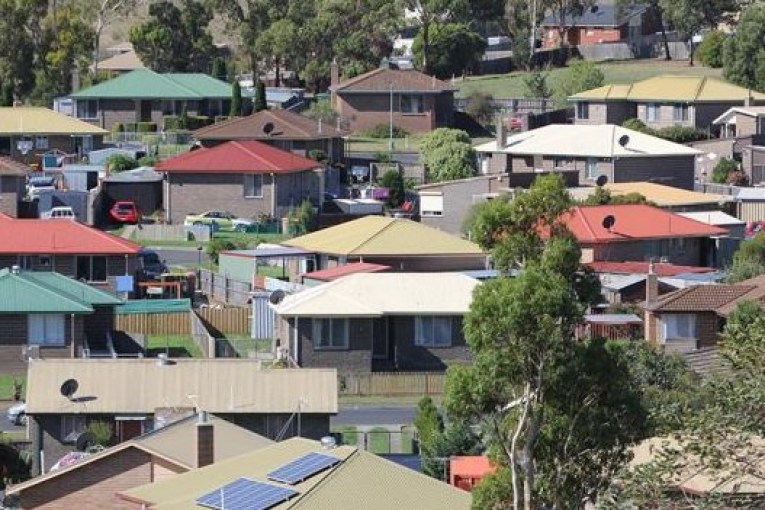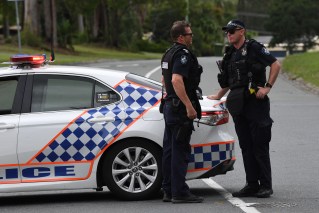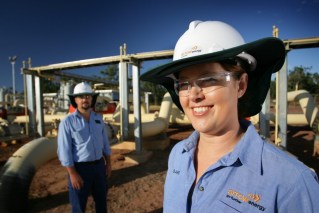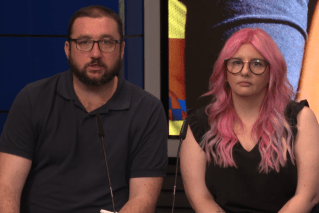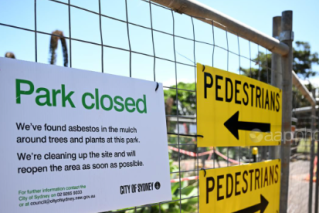A quiet, deadly curse: Why poverty is the silent killer in our rural and remote towns
There is a story behind the story of poor health outcomes in the bush, writes Greg Hallam

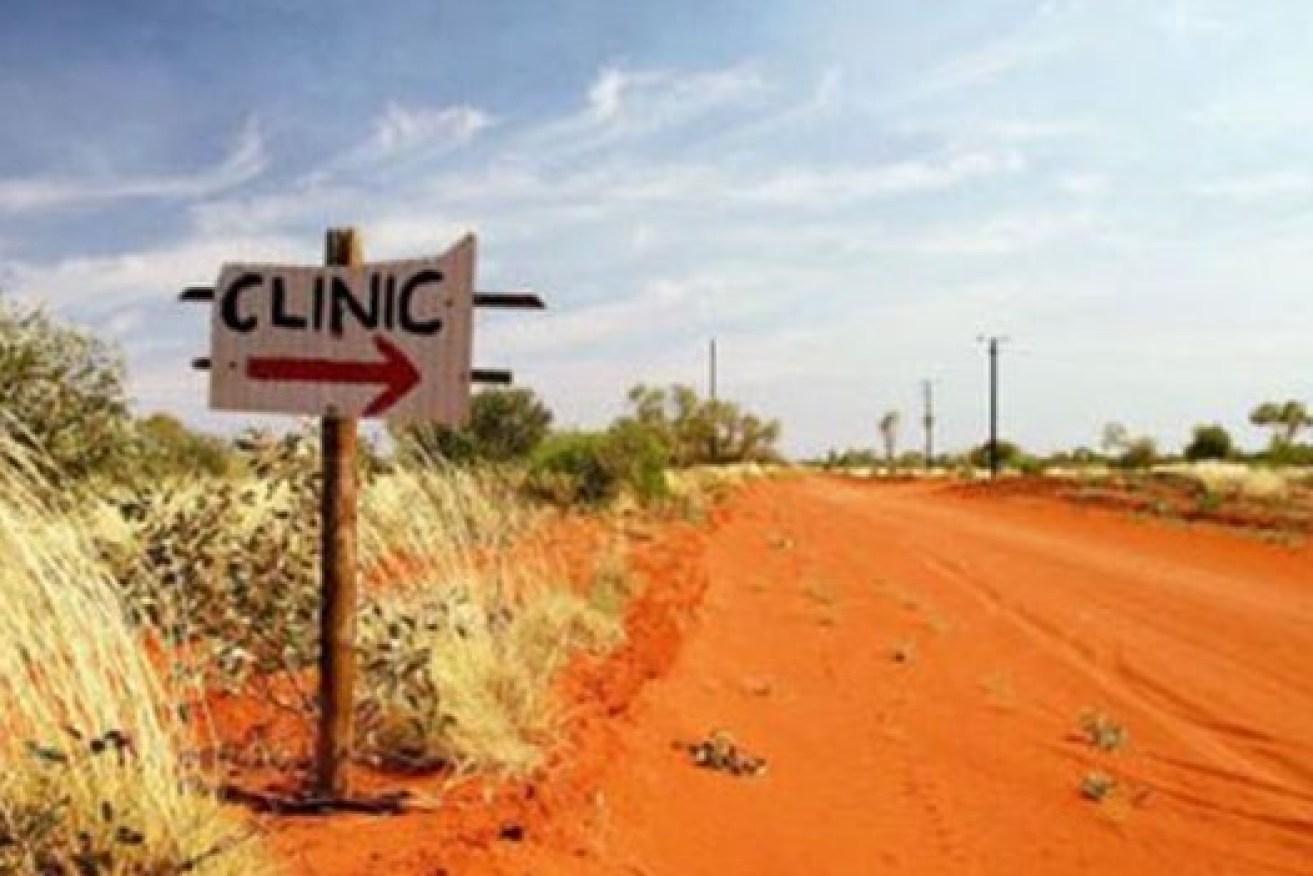
Isolation, poor education and lack of funding are factors in the "silent epidemic" in Queensland's rural and remote communities. (Image: HealthTimes)
It would come as no shock to Queenslanders living in rural and remote communities that their life span was up to 20 years shorter than their city cousins.
They didn’t need to be told, they knew the facts in the just released Royal Flying Doctor Service( RFDS) report on rural health and life expectancy. It’s a difficult private conversation that occurs frequently in the bush; there’s simply chagrin and resignation that it’s the price some pay for living in remote parts of the state.
The real story behind lower life expectancy is poverty, sometimes abject, especially in the towns and hamlets in our far flung communities.
Poverty doesn’t affect the majority of people, but a much bigger percentage of those communities than is generally realised, certainly enough to affect the statistics.
It applies almost equally to indigenous and non-indigenous remote town residents (exclusively indigenous communities aside).
That is not the face these communities present to the world, but get off the main street and you will often see people eking out an existence, shut away from their fellow citizens.
They are humble and largely powerless people, so you won’t see them complaining on TV or in the media generally.
In truth they are largely resigned to their lot and can’t conceive of a different life .
Of course, in the bush there are graziers on stations and business people servicing the pastoral industry, and their health is better as they are more highly educated, have good experience of the world beyond the bush, and can afford to access decent primary and allied health care in regional centres or Brisbane.
But the locals who’re rarely ever leave town and whose only refuge is the local pub, are the victims.
In times of natural disaster I’ve seen first hand very modest, often ramshackle homes with a bed, stove, table, a TV and a few chairs.
Very sadly, illiteracy is high among those folks, and they are not connected on the internet
If they work, it’s on the roads for the council, or odd jobs on properties, or around town. They exist from one pay or welfare cheque to another. As a rule they don’t attend RFDS clinics or other travelling clinics. They really function outside the health system.
While we think of car and property accidents, early death in rural areas comes down to two primary reasons, lack of preventive health, especially for women, and hard living. That’s not to dismiss mental health and suicide, especially among young men.
Much has been done by governments at all levels over a generation to improve access to primary and allied health in remote Queensland and Australia, especially telehealth.
In lots of ways money isn’t the problem. Outreach and a preparedness to opt-in are factors closer to the mark.
Real attempts are made to include these vulnerable marginalised citizens in health programs.
But the statistics don’t lie: their own often sad circumstances and personal neglect sentence themselves to a much shorter lifespan.
Greg Hallam is a former Chief Executive of the Local Government Association of Queensland and an expert on the state’s remote regions. He writes occasionally for InQueensland.
